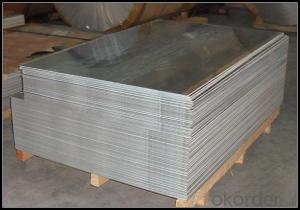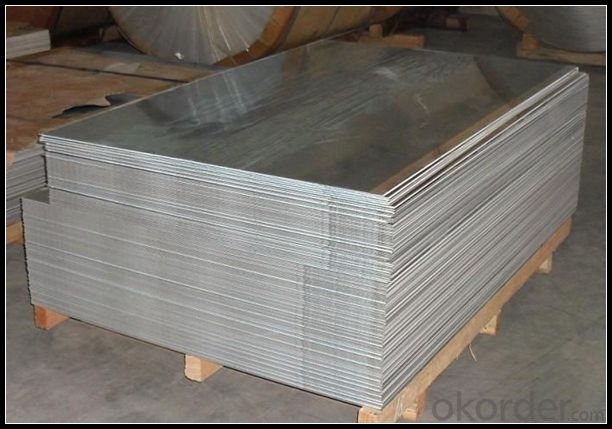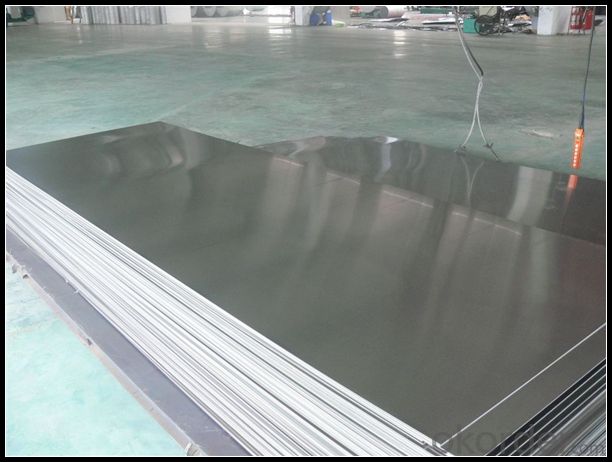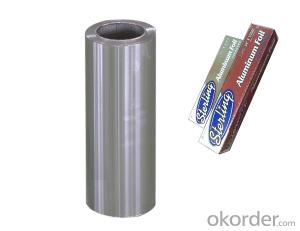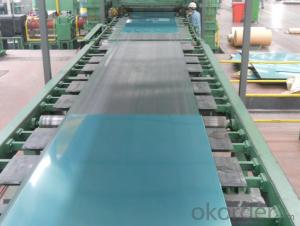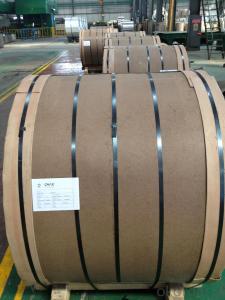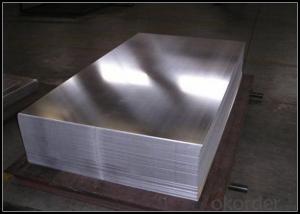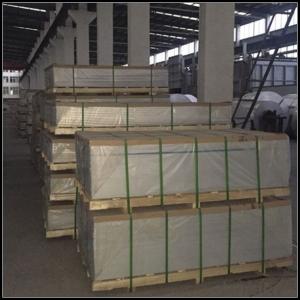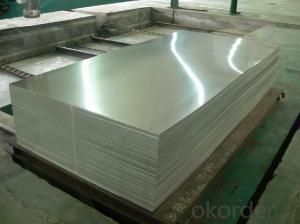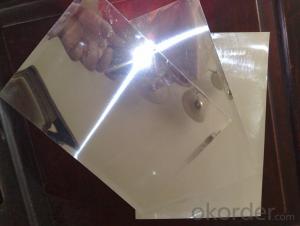Mill Finish Aluminum Sheets 5xxx Series Alloy for Automotive Body - Sacramento
- Loading Port:
- Shanghai
- Payment Terms:
- TT OR LC
- Min Order Qty:
- 5 m.t.
- Supply Capability:
- 10000 m.t./month
OKorder Service Pledge
OKorder Financial Service
You Might Also Like
Specification
1. Specification of Mill Finish Aluminium Sheet 5XXX Series Alloy for Automotive Body
ALLOY | AA1050 AA1060 AA1070 AA1100 ETC AA3003 AA3004 AA3005 AA3104 AA3105 ETC AA5005 AA5052 AA5083 AA5754 ETC AA8011 AA8006 AA8079 ETC |
TEMPER | H14,H16,H18,H22,H24,H26,H32,O/F |
THICKNESS | ≥0.2MM |
WIDTH | 30mm-2100mm |
COIL WGT | 2Mt - 3Mt |
COIL ID | φ508mm,φ610mm |
SURFACE | PE Protecting film |
STANDARD | GB/T 3880-2006 |
2. Application of Mill Finish Aluminium Sheet 5XXX Series Alloy for Automotive Body
(1).Interior: wall cladding, ceilings, bathrooms, kitchens and balconies, shutters, doors...
(2).Exterior: wall cladding, facades, roofing, canopies, tunnels,column covers , renovations...
(3).Advertisement: display platforms, signboards, fascia, shop fronts...
3. Feature of Mill Finish Aluminium Sheet 5XXX Series Alloy for Automotive Body
Surfact Quality :
Be free from Oil Stain, Dent, Inclusion, Scratches, Stain, Oxide Dicoloration, Breaks, Corrosion, Roll Marks, Dirt Streaks and other defect which will interfere with use,
Mechenical Property:
Chemical Composite and Mechanical Property
4. Certificate:
SGS and ROHS(if client request, paid by client), MTC(plant provided), Certificate of Origin(FORM A, FORM E, CO), Bureau Veritas and SGS (if client request, paid by client), CIQS certificate
5. Image of Mill Finish Aluminium Sheet 5XXX Series Alloy for Automotive Body
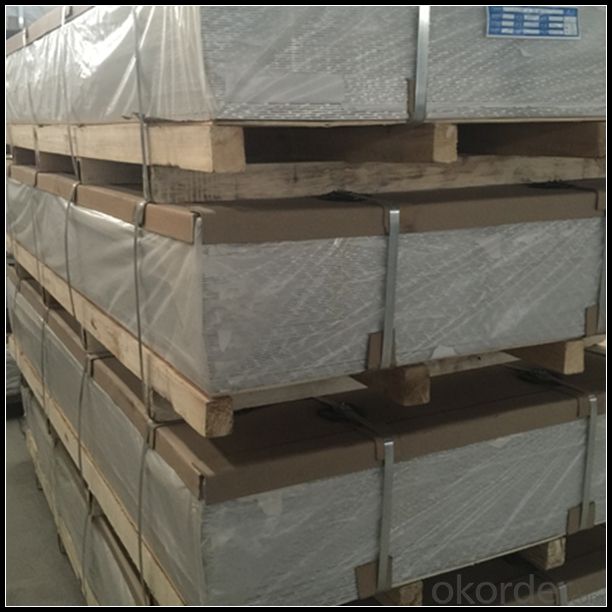
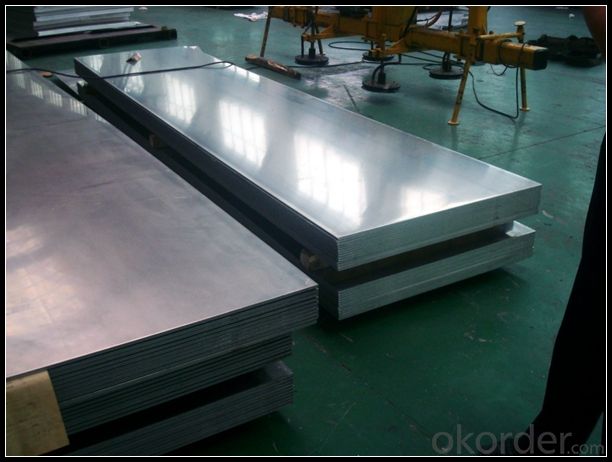
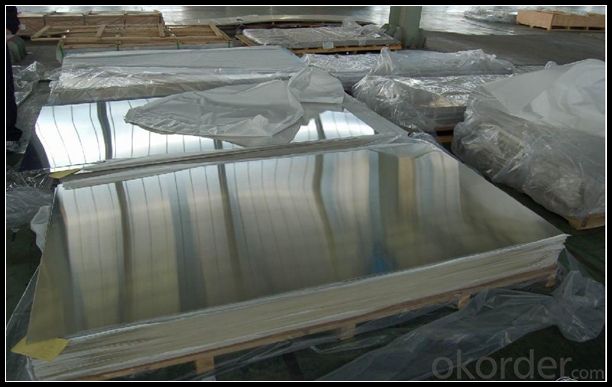
6. Package and shipping of Embossed Aluminium Sheet AA1100 for Automotive Body
First, plastic cloth with drying agent inside; Second, Pearl Wool ; Third, wooden cases with dry agent , fumigation wooden pallets, aluminum surface could cover blue PVC film
7. FAQ
1) What is the delivery time?
Dpends on actual order, around 20 to 35 days
2)What is the QC system:
We have QC staff of 20 persons and advanced equipment, each production is with MTC traced from Aluminum ingot lot.
3) What market do you mainly sell to?
Australia, America, Asia, Middle East, Western Europe, Africa etc
- Q: Are aluminum sheets suitable for welding?
- Yes, aluminum sheets are suitable for welding. Aluminum is a widely used material in various industries due to its lightweight, corrosion resistance, and excellent thermal conductivity. However, welding aluminum can be more challenging compared to other metals due to its high thermal conductivity and the formation of an oxide layer on its surface. Nevertheless, with the appropriate welding techniques and equipment, aluminum sheets can be successfully welded. Specialized welding processes such as Tungsten Inert Gas (TIG) welding or Metal Inert Gas (MIG) welding are commonly used for aluminum welding. These processes allow for precise control of heat input and the use of suitable shielding gases to protect the weld pool from oxidation. Additionally, proper surface preparation, cleaning, and the use of specialized aluminum welding wires or rods are essential for achieving strong and reliable welds. Overall, while welding aluminum may require specific techniques and equipment, it is definitely feasible and commonly practiced in various industries.
- Q: What does aluminum plate mean?
- Dear, 1070 and 1060 are not the specifications of aluminum sheet, but the type of aluminum plateThe model is used to distinguish the different components of aluminum, the model is different, the composition of aluminum is differentShenzhen Cheng Cheng metal - - - --- aluminum plate - -
- Q: General characteristics of pure aluminium plate of pure aluminium plate
- I really want to know to call 1362889760 for your reference as follows: according to the content of different aluminum alloy elements can be divided into 8 series respectively 1***, 2***, 3***, 4***.5***.6***.7***.8*** according to the different processing technology can be divided into cold and hot rolling. They can be divided into thin plate and medium plate according to their thickness. GB/T3880-2006 standard specifies a thickness of 0.2 millimeters, called aluminum foil. More commonly used grades: pure aluminum plate, 1060 plate. Foil. Thick plate, tensile tube. Extruded tube. Type. Bar. Cold processing bar mainly for corrosion resistance in forming of high places, but not of high strength components, such as chemical equipment, marine equipment, railway tanker, conductive materials, instruments and materials, electrode etc.. 3003: plate, strip. Foil. Thick plate, tensile tube. Extruded tube. Type. Bar. Wire rod。 Cold bar, cold wire, rivet wire, forging, foil, heat sink material mainly used for processing requires good molding property, high corrosion resistance, good weldability or parts, or both have these properties need than the workpiece of 1*** alloy with high strength, such as the transport of fluids tank and tank, pressure tank, storage device, heat exchanger, chemical equipment, aircraft fuel tank, oil pipe, reflective panels, kitchen equipment, cylinder washing machine, rivet, wire. 3003 aluminum alloy sheet, plate, tube drawing. Extruded tubes, houses, partitions, roof covers, piping, etc. 3004 plates, thick plates, tensile tubes.
- Q: How do you ensure the surface quality of aluminum sheets?
- To guarantee the surface quality of aluminum sheets, manufacturers can take several steps: 1. Cleanliness is crucial. Prior to any surface treatment or inspection, it is vital to thoroughly clean the aluminum sheets and eliminate any dirt, grease, or contaminants. This can be accomplished using solvents, detergents, or specialized cleaning agents. 2. A visual inspection is necessary. Trained personnel should visually inspect the surface for visible flaws such as scratches, dents, or pitting. Proper lighting and magnification tools should be utilized. 3. Chemical treatments may be required. Depending on the desired surface finish and application, aluminum sheets may undergo chemical treatments such as anodizing, chromate conversion coating, or passivation. These processes can enhance the sheets' surface quality, corrosion resistance, and aesthetic appearance. 4. Mechanical polishing can be employed. To eliminate surface imperfections and achieve a smooth, glossy finish, mechanical polishing techniques like grinding, buffing, or sanding can be utilized. It is important to maintain consistency and avoid over-polishing, which can compromise the integrity of the sheets. 5. Coating and protection are essential. Applying protective coatings like lacquers, paints, or powder coatings can further improve the surface quality, appearance, and durability of aluminum sheets. These coatings act as a barrier against corrosion, abrasion, and environmental factors. 6. Quality control is crucial. Rigorous quality control procedures should be implemented throughout the manufacturing process. Regular inspections, testing, and documentation should be conducted to ensure that the surface quality of aluminum sheets meets the required standards and specifications. 7. Proper handling and packaging are necessary. To prevent surface damage during transportation and storage, it is important to handle and package the sheets correctly. Protective measures such as using protective films, paper interleaves, or cushioning materials should be employed to safeguard the surface quality until the sheets reach their final destination. By following these measures, manufacturers can ensure that the surface quality of aluminum sheets meets the desired specifications and exceeds customer expectations.
- Q: Can aluminum sheets be used for HVAC systems?
- Certainly, HVAC systems can utilize aluminum sheets. Aluminum proves to be a favored material for HVAC applications owing to its numerous beneficial characteristics. Its lightweight nature facilitates effortless handling and installation. Moreover, aluminum exhibits remarkable resistance to corrosion, a vital attribute for HVAC systems subject to moisture and fluctuating temperatures. Additionally, aluminum boasts exceptional thermal conductivity, ensuring efficient heat transfer. Consequently, it becomes ideal for heat exchangers and other HVAC system components. In summary, aluminum sheets emerge as a dependable and long-lasting choice for HVAC systems.
- Q: For example, now the price of aluminum is 30000 yuan / ton. How much is that 2mm aluminum sheet with 1 square meters? What's the formula?What about the stainless steel plate, iron plate, and galvanized sheet? Can these (yuan / ton) be converted into (yuan / square)?Hurry! Which expert can I help you?!
- Know that the density of aluminum is 2.7 g / cubic centimeter or 2700 kg / cubic meterThen 2mm thick aluminium plate with a weight of 1 square meters is:M= P *v=2700*1*0.002=5.4 (kg)=5.4*10^ (-3) tonsThe price of aluminium is 30000 yuan / ton nowTherefore, the title of the money required should be 30000* (5.4*10^ (-3)) =162 yuanEmpathy,The density of iron is 7.8 KG/M3The density of stainless steel is 7.52-7.75 KG/M3The same is true of galvanized sheets, as long as the density is known
- Q: Curtain wall aluminum plate reinforcement spacing between the number of appropriate, the country has no standard?
- As to the stiffener of the aluminum veneer, what are the following points?:1, aluminum reinforcement spacing is generally around 600mm, in order to ensure the aluminum plate in the positive and negative pressure conditions within the scope of deformation. When aluminum plate is welded, there is internal stress due to welding deformation (this internal stress can not be completely eliminated for a long time), and the rigidity of reinforcing bar should also be increased.2. The sectional dimension and spacing of stiffeners shall be determined according to the calculated wind pressure of the aluminum plate. But it is worth noting that the reinforcement calculation of single aluminum plate strengthening is different from the glass curtain wall, first, its strength is certainly no problem (still not seen the wind blowing broken plate, there is no joke) deflection possibility, bend off and windy weather also very few people to pay attention to the single aluminum plate plate surface after deformation the scenery. Therefore, the calculation of deflection of stiffeners are considered under the condition of wind strength and deflection when the winds of aluminum can cause permanent plastic deformation.In fact, aluminum veneer manufacturers generally use the single aluminum plate edge folding groove made of aluminum and 20*40*20, installed in the distance about 600mm. Also useful for profile (grooved aluminum) stiffenersThe spacing between stiffeners is very important to the cost of production. Generally speaking, the spacing of stiffeners will be changed from 600 to 350, and the cost will be increased by 8~15 yuan / square meter
- Q: Can aluminum sheets be used for elevator panels?
- Indeed, elevator panels can be made using aluminum sheets. Aluminum, renowned for its versatility and durability, finds extensive utility in construction and architectural undertakings, such as crafting elevator interiors. It possesses various merits, including its lightweight nature, resistance to corrosion, and effortless maintenance. Aluminum panels can be tailored to meet the precise design prerequisites of elevator interiors, and their aesthetic appeal and durability can be amplified by applying diverse surface treatments or coatings. Moreover, aluminum emerges as an environmentally-conscious choice for elevator panels due to its sustainability, as it can be readily recycled.
- Q: Is it possible to use aluminum sheets as a material for exterior wall covering?
- <p>Yes, aluminum sheets can be used for exterior cladding. They are known for their durability, resistance to corrosion, and low maintenance requirements. Aluminum is lightweight, which makes it easier to install compared to heavier materials. It also has good thermal properties, helping to insulate buildings. Additionally, aluminum can be coated with various finishes, allowing for a wide range of aesthetic options. However, it's important to ensure proper installation and sealing to prevent water infiltration and to maintain the cladding's performance over time.</p>
- Q: Are aluminum sheets suitable for use in cryogenic environments?
- Certainly, aluminum sheets prove to be a fitting choice for utilization in cryogenic surroundings. With its exceptional thermal conductivity and low density, aluminum emerges as an optimal substance for cryogenic purposes. It can endure exceedingly cold temperatures while maintaining its structural integrity and avoiding noticeable thermal expansion. Moreover, aluminum exhibits commendable resistance against corrosion and can be conveniently fashioned into diverse configurations and sizes. These attributes render aluminum sheets widely employed in cryogenic systems, including cryostats, superconducting magnets, and liquid nitrogen storage tanks.
Send your message to us
Mill Finish Aluminum Sheets 5xxx Series Alloy for Automotive Body - Sacramento
- Loading Port:
- Shanghai
- Payment Terms:
- TT OR LC
- Min Order Qty:
- 5 m.t.
- Supply Capability:
- 10000 m.t./month
OKorder Service Pledge
OKorder Financial Service
Similar products
Hot products
Hot Searches
Related keywords
